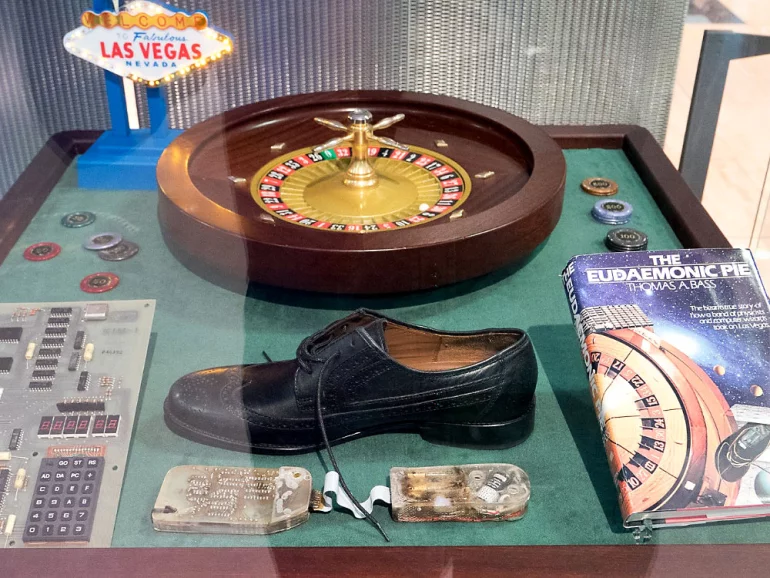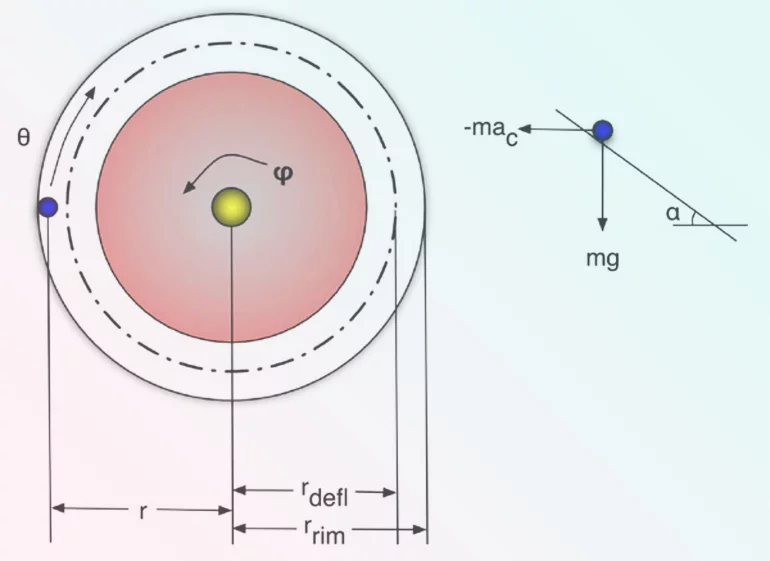
The protagonists of this article can hardly be considered cheaters, though they managed to win at roulette with a prohibited method. However, they were not motivated by the desire to get rich but to make a discovery and earn money for the foundation of the scientific community. Despite the apparent success, the fact that their group lasted for only a short time only confirms this view. But let's start from the beginning.
Who Were The Eudaemons?
In the late 1970s of the twentieth century, Doina Farmer and Norman Packard, physics students from the University of California, set out to create a group. A few enthusiasts joined them, and they were the Eudaemons.
This unusual name was borrowed from eudemonism, ethical direction. Its followers believe in only the moral criterion of human desire for happiness. It is the basis for their behavior.
It is difficult to say whether Farmer and Packard were adherents of eudemonism. But apparently, they thought that victory would make them happy.
During the summer holidays, graduates purchased a roulette wheel and began their research. They used the camera and an oscilloscope to trace the ball's movement and make the formula. We will avoid using scientific terms that may bore readers. Suffice it to say that they succeeded.
- They constructed a small computer to make all the necessary calculations in the game.
- It was small enough to be hidden in the boot.
- A solenoid mechanism signaled by vibration when one of the eight sectors of the wheel was bet; it was hidden under the shirt.
It was time to go to a casino.
| Name | Soft | Return to player | |||
|
|
98.65% | Play | |||
|
|
98.65% | Play | |||
|
|
98.65% | Play | |||
|
|
98.65% | Play | |||
|
|
98.65% | Play | |||
|
|
98.6% | Play | |||
|
|
97.3% | Play | |||
|
|
97.3% | Play | |||
|
|
97.3% | Play | |||
|
|
97.3% | Play |
The Eudaemons' Experiment
It took more than two years to improve the device. In 1978, the friends went to Las Vegas to try it out. One participant entered data, while the other received signals and placed bets.
The system was fine, but it occasionally encountered difficulties. For example, in one of the episodes of the solenoid current, Farmer began to beat and even burn his skin. Besides, the individuals were not professional fraudsters; none wanted to risk their scientific careers. So, after the first trip to Vegas, the Eudaemons disbanded.
Their total revenue was $10,000. One can only imagine how such a device was possible. However, graduate students were satisfied with the experiment because they were able to prove that you can win roulette by calculating the trajectory of the ball.
Later, the Eudaemons told the channel History through a series of gears in Breaking Vegas. They were also pictured in the famous TV series CSI and several books about the casino. Today, Doina Farmer is an expert in probability theory and a professor at the Santa Fe Institute.

The Eudaemons' Followers
Recently, mathematicians from Cornell University published a research paper in which they proved that they could establish a link between the speed of the roulette ball and the spot on the wheel that the ball would face when it first deflected. They created software that analyzes the ball and predicts outcomes.
According to the authors of this system, it allows an advantage of eighteen percent. I'm unsure if it's compatible with all models and roulette balls, or only with specific models.
The exciting thing is that Doina Farmer, who is familiar with the developments in mathematics, said that the Eudaemons used a similar approach. Therefore, the security of real casinos should be prepared for a new threat.

























